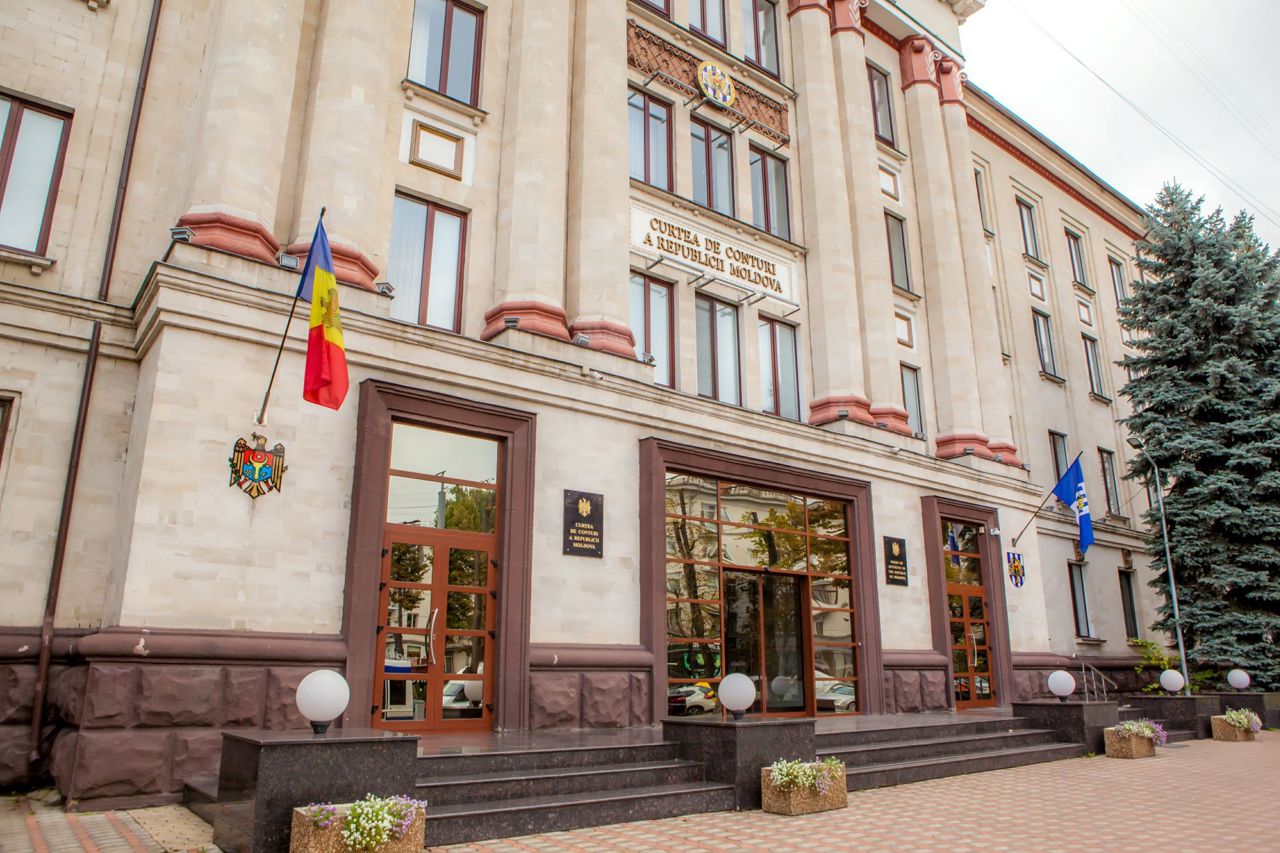May 28, 1812 – the day that changed Bassarabia’s fate and split people across the Prut

On May 28, 1812, the Treaty of Bucharest established peace between the Russian and Ottoman Empires, but it also resulted in the separation of Bassarabia from the Principality of Moldova. Without the consent of the local population, the territory situated between the Prut and the Nistru rivers was annexed to the Russian Empire, forming a province known as Bassarabia. More than two centuries later, historians note that the implications of this decision continue to impact society, which remains divided by the Prut border.
The treaty was signed in a complex international context, as explained by historian Vlad Mischevca.
“The war was prolonged and oppressive for the local population, but that wasn't the primary concern of the commanders of the Danube army. The last commander at the time, General Mikhail Kutuzov, was tasked with concluding the peace as quickly as possible, especially in the face of another imminent war and the looming threat of Napoleon Bonaparte.”
The Treaty of Bucharest was signed after several months of negotiations. According to the historian, its immediate effect was the establishment of the border along the Prut River.
Entire families and villages were separated, forcing them to choose which bank to live on. For a year and a half, the boyars had to decide where to keep their estates. “It is said that on the banks of the Prut, cries and wails could be heard—the voices of the population. Many peasants and ordinary people took to wandering, fleeing Bassarabia, which had already been occupied by the Russian Empire,” Mischevca noted.
The separation of Bassarabia and its integration into the Russian Empire, without consulting the local population, generated long-term cultural, political, and identity consequences that are still felt today.
“They took control of the mouths of the Danube and turned us into subjects of the Empire or our ancestors. We had the Soviet Union by our side. This is the consequence. Today, we have a divided society searching for its identity—a quest that continues without resolution,” stated historian Teodor Candu.
Vlad Mischevca also identifies May 28, 1812, as the date that divided the population on either bank of the Prut.
“Moldova, bounded by the Prut, Danube, and Dniester—referred to as Bassarabia during the 19th century until the Union of 1918—was initially considered a region, later transformed into a governorate of the Russian Empire. This signifies an unjustly occupied territory, and the Prut River line represents the tragedy of a divided people. The fact that a border remains along the Prut today means this drama continues in the present,” Mischevca said in a commentary for Teleradio-Moldova.
At the same time, Teodor Candu emphasized the importance of understanding these historical events and documenting them from reliable sources: “There are numerous topics that must be continuously discussed using the 'Chinese water torture' method to reach a certain understanding.”
Candu views the recent social trend as positive but warns that it is crucial to “develop it naturally.” “Without being 'liberated' again, we can address the problem in a generation or two. The issues of today will not be solved immediately; it requires the passage of time and a consistent method, like the 'Chinese water torture' approach of presenting and explaining information thoroughly.”
The National Archives Agency preserves unpublished documents from that period and the medieval era, providing historical sources from the Russo-Turkish War of 1806–1812 for researchers within the country and abroad. The original text of the Peace of Bucharest is kept in the Moscow archive of the Russian Ministry of Foreign Affairs.





